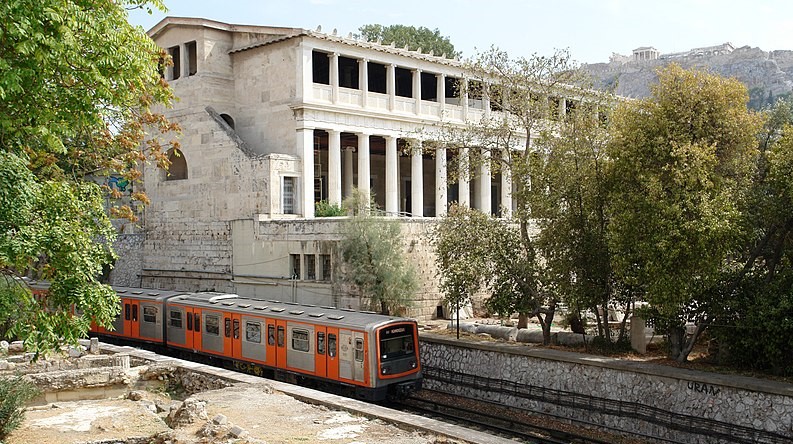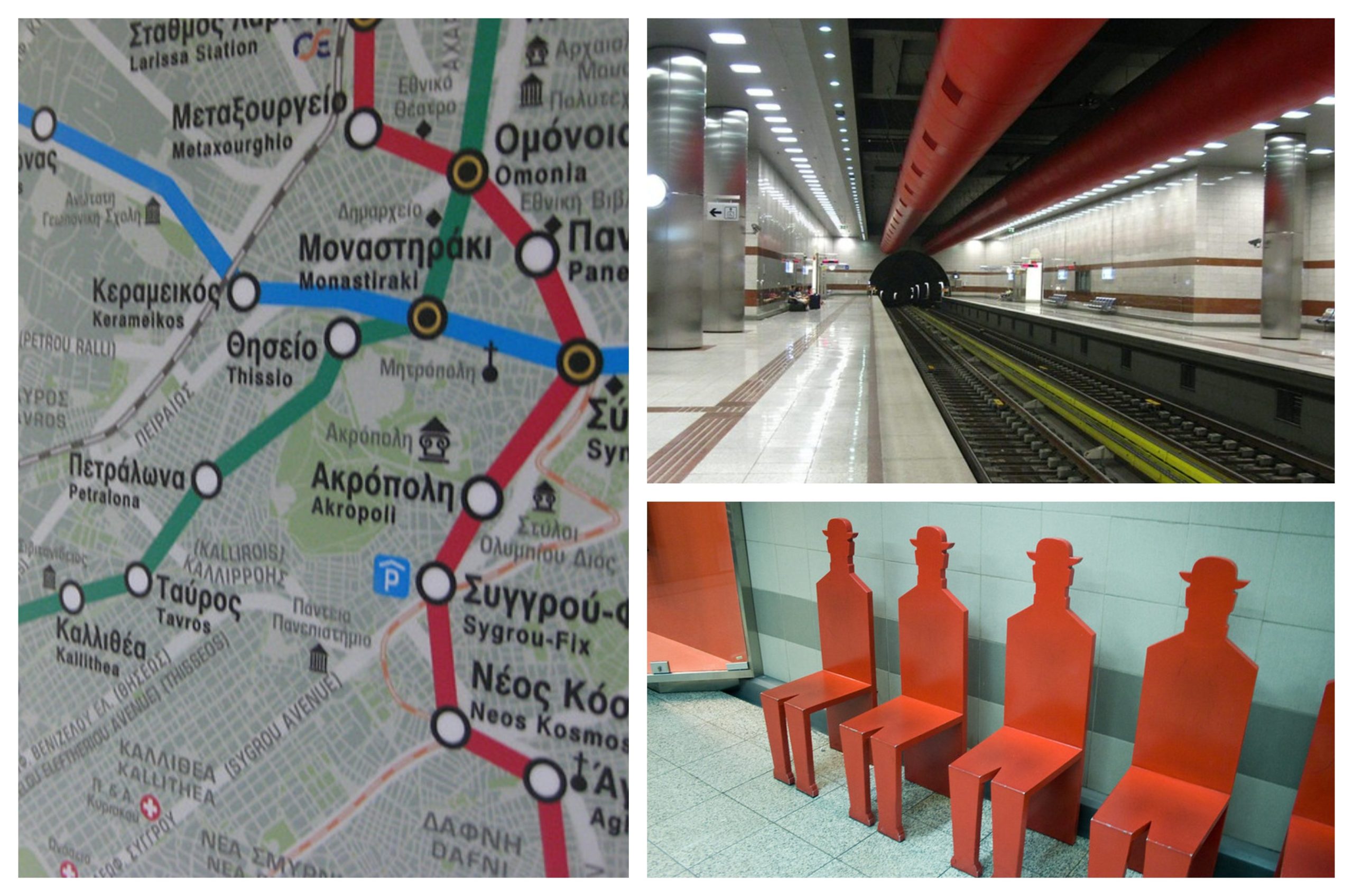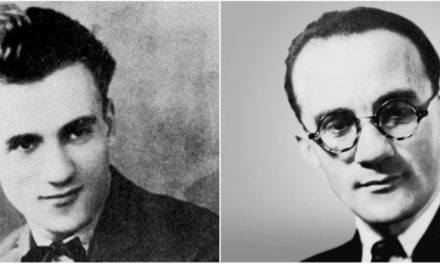Did you know that you can visit an underground “museum” in Athens, featuring casts of the famous Parthenon sculptures, ancient amphorae, and funeral monuments, as well as some of the finest works of public art created by world-famous Greek artists? This “museum” is the Athens Metro, which acts as a journey through millennia and the fascinating history of Greek Art. In fact, the Athens Metro has been ranked among the top ten subways in the world because of the archaeological exhibitions and contemporary art installations hosted at a number of its stations.
In a city as old as Athens, digging into the ground is literally uncovering history. So, when the construction of the Athens underground (Lines 2 and 3) began in 1992, the main obstacle facing engineers and construction workers was not digging through rock; rather, it was having to sift through history in a metropolis that’s over 3,000 years old. Thus, this significant transit project became also the occasion for the largest excavating program that ever took place in Greece, bringing to light more than 50,000 findings and ancient artifacts.
At the same time, the Athens Metro is hailed for its modernity and for successfully incorporating art in citizens’ every-day life, adding thus enormous value to the cultural and aesthetic identity of the Greek capital; in fact, half -around 30- of its stations (mainly on Lines 2 and 3) host works of reputable contemporary artists, the majority of which were created in situ, giving the sensation of a true art hall. Thus, the Athens Metro stations represent nodes of both transportation and enlightenment, creating a dialogue between the Past and the Present of Greece’s cultural heritage.
Red Line (Athens Metro Line 2)
We start our journey with Larissa station, the main railway station of Athens, where a rare interactive work awaits passengers at the Metro platform: bright red benches made from rows of seated, silhouetted men, wearing identical bowler hats; the installation is a tribute to Yannis Gaitis’ signature characters, dressed in bowlers and plaid or striped jackets. One-stop away is the Metaxourgeio station, hosting artworks by the great contemporary artist Alekos Fassianos whose art is filled with heroic characters and intellectual allegory set amongst everyday life.
Special mention should also be made to Omonia station; its Line 1 portion is one of the best examples of late 19th-century grandeur on the metro system, with its elegantly-tiled walls and beautiful signage and lettering, while the modern interchange concourse (on Line 2) features two murals that convey the hustle and bustle of their setting: ‘Queue’ by the innovative visual artist- former dean of the Athens School of Fine Arts, Nikos Kessanlis, shows ghostly silhouettes waiting in a queue, who seem to blend in with the commuters rushing past and ‘Football Players’ by Pavlos (Dionyssopoulos) which is created with paper and scissors—one of the diverse mediums he worked in, from conventional paint and canvas to cheap everyday items.
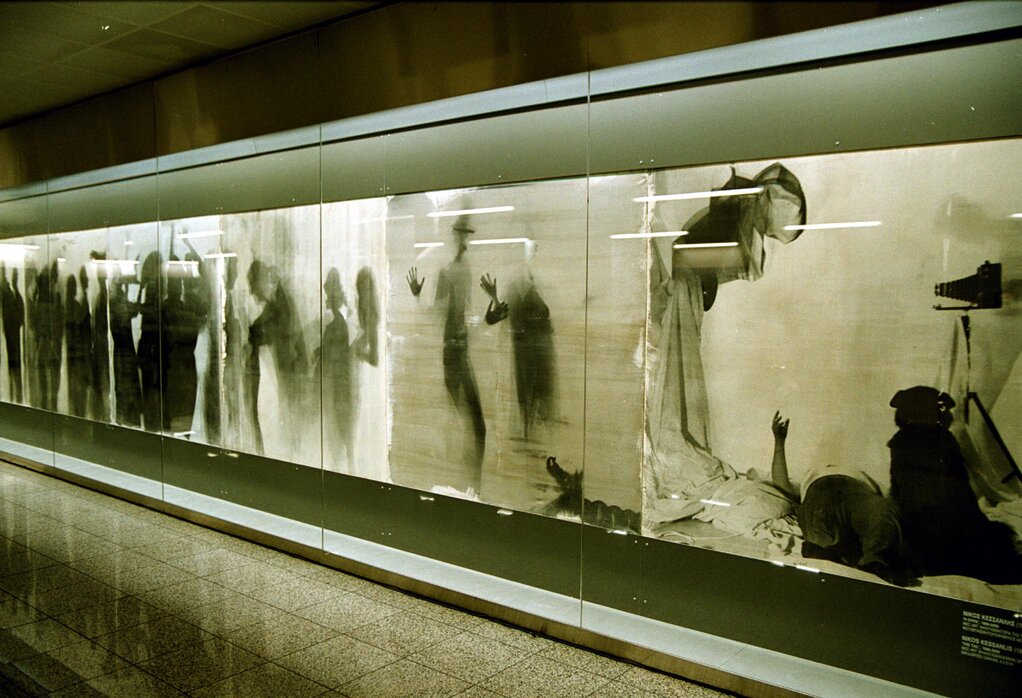 Next stop is the Panepistimio station (adjacent to the National Library of Greece, the National and Kapodistrian University of Athens, and the Academy of Athens), where a corridor of glass showcases exhibits an assortment of important archaeological finds, dating from classical to Roman times, while commuters also come across the work of Yiannis Moralis, one of the most distinguished 20th-century Greek artists and part of the so-called “Generation of the ’30s”.
Next stop is the Panepistimio station (adjacent to the National Library of Greece, the National and Kapodistrian University of Athens, and the Academy of Athens), where a corridor of glass showcases exhibits an assortment of important archaeological finds, dating from classical to Roman times, while commuters also come across the work of Yiannis Moralis, one of the most distinguished 20th-century Greek artists and part of the so-called “Generation of the ’30s”.
The Acropolis station is two stops away, preparing visitors to explore the antiquities of Athens’ most popular district, namely the Acropolis area and the epic monument of the Parthenon soaring above the city. Fittingly, the first decorations to strike your eye at the Acropolis Station are casts of the Parthenon sculptures that were created by Pheidias, one of the greatest of all ancient Greek sculptors; mounted riders in carved relief from the temple’s north and west friezes stream along the platform itself, while mythological figures from the east pediment adorn the station’s ticket hall and greet your arrival.
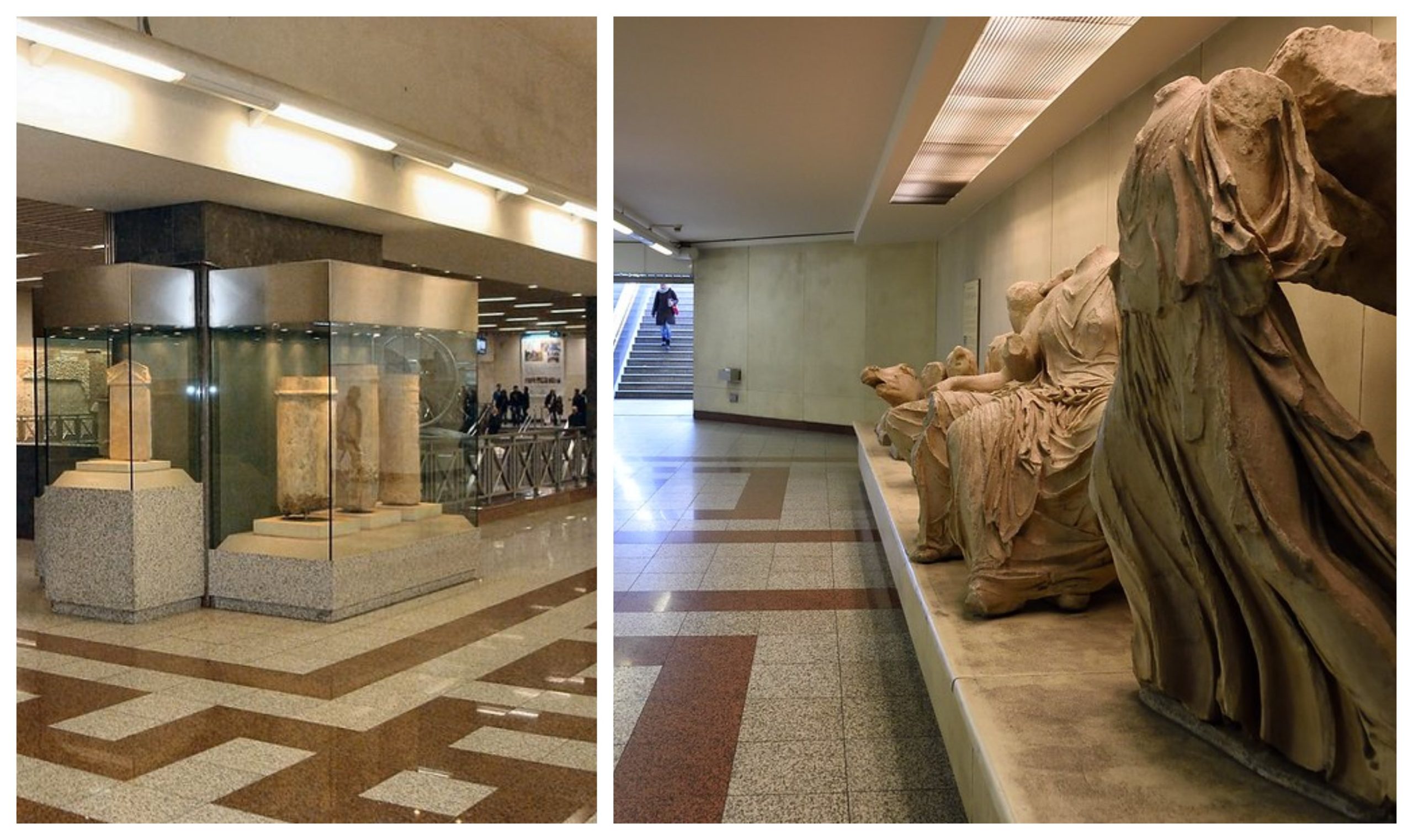 Another example worth mentioning is the National Museum Of Contemporary Art Athens (EMST)’s adjacent Metro station, Syngrou Fix, which the world-renowned pioneer of kinetic art, “Takis” (Panagiotis Vassilakis), graced with two enormous installations: the ‘Photovoltaic Energy’ and the ‘Light Signals’, both inspired by the bulbs and streetlights of one of Athens’ busiest and most electrifying avenues, Leoforos Syngrou.
Another example worth mentioning is the National Museum Of Contemporary Art Athens (EMST)’s adjacent Metro station, Syngrou Fix, which the world-renowned pioneer of kinetic art, “Takis” (Panagiotis Vassilakis), graced with two enormous installations: the ‘Photovoltaic Energy’ and the ‘Light Signals’, both inspired by the bulbs and streetlights of one of Athens’ busiest and most electrifying avenues, Leoforos Syngrou.
Nearby stations also showcasing archaeological finds and/or contemporary artworks, include Dafni -where one can see the remains of an ancient agricultural settlement as well as an artwork-tribute to the Grave Stele of Dexileos by Dimitris Mytaras, one of the most famous Greek painters of the 20th century- Ag. Ioannis with the artistic intervention by Christina Sarantopoulou, entitled “The city unites human dissimilarity”, and Ag. Dimitrios where artist Kostas Iraklis Georgiou created a work of art “in memory of Alexandros Panagoulis”.
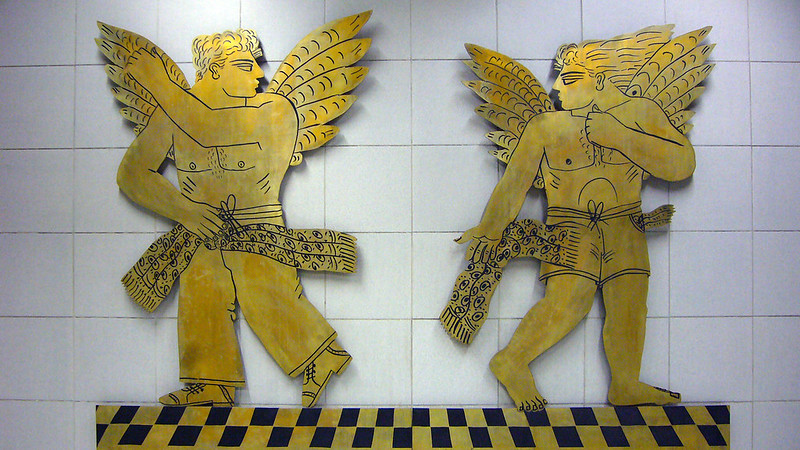 Blue Line (Athens Metro Line 3)
Blue Line (Athens Metro Line 3)
The Athens Metro’s most extensive archaeological exhibition is located at Aigaleo station. Seventeen display cases highlight the results of excavations, divided into two sections: one is focused on cemeteries and the other on industrial activities that took place along the route, such as olive oil production, pottery, metallurgy, weaving, and even a horse drowned by a flood. The station also features sculptures and constructions by the geometric artist Opy Zouni.
Next stop of our artistic journey is the station of Eleonas – where one can admire the remains of the oldest bridge ever found in Greece as well as works of art created by Professor at the Athens School of Fine Arts George Lazongas. Right after comes Keramikos, where excavations uncovered the most significant cemetery of the ancient city of Athens examining 1200 graves dating back to the beginning of 7th century BC up to Roman times, while the main hall of the station hosts the artwork “Layerings – Energy Images XVI” by contemporary artist Yannis Bouteas whose typical expressive vehicle is the use of light, either natural or artificial, usually in the form of neon tubes, combined with a variety of other materials such as ropes, strings, and iron sheets.
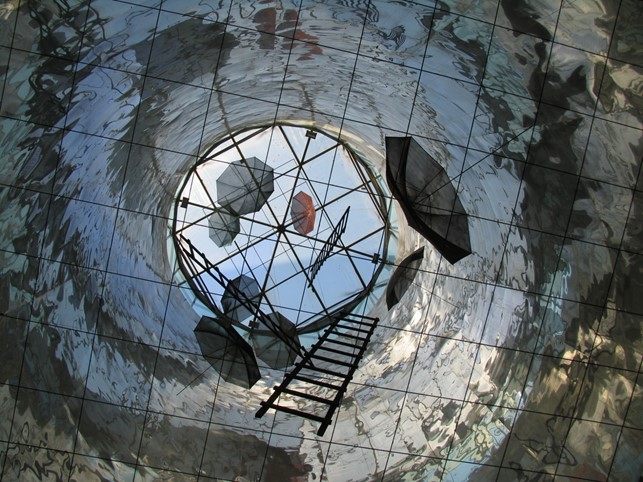
The underground bed of Eridanos River, which once ran through the heart of Athens, is one out of the most significant finds of Monastiraki Station; the age-old watercourse still flows through the station, where metro riders can see close-up its Roman-era, stone-built channel and vaulted cover. Adding a more modern note to the atrium of the station, Greek contemporary artist Lida Papakonstantinou has created the artwork “Time in my Hands”, giving the impression of a giant stained-glass window, which is actually made out of 324 plexiglass pieces.
The Syntagma station of Athens Metro is located at Syntagma Square in the center of Athens, serving as a transfer (between Line 3 and Line 2). Ancient relics decorate the station’s main hall, including wine amphorae, clay oil lamps, and terracotta water pipes; an entire wall displays a huge archaeological section, in which you can see city walls, roads, and even a tomb, complete with a 4th century BC skeleton. The artwork “Metro Clock,” by prominent Greek sculptor Thodoros Papadimitriou graces the main concourse of the station, while passengers who cast their eyes skyward will be rewarded with its hidden gem: the sight of George Zongolopoulos’ spectacular Atrium, combining his trademark umbrellas with light, glass, and water.
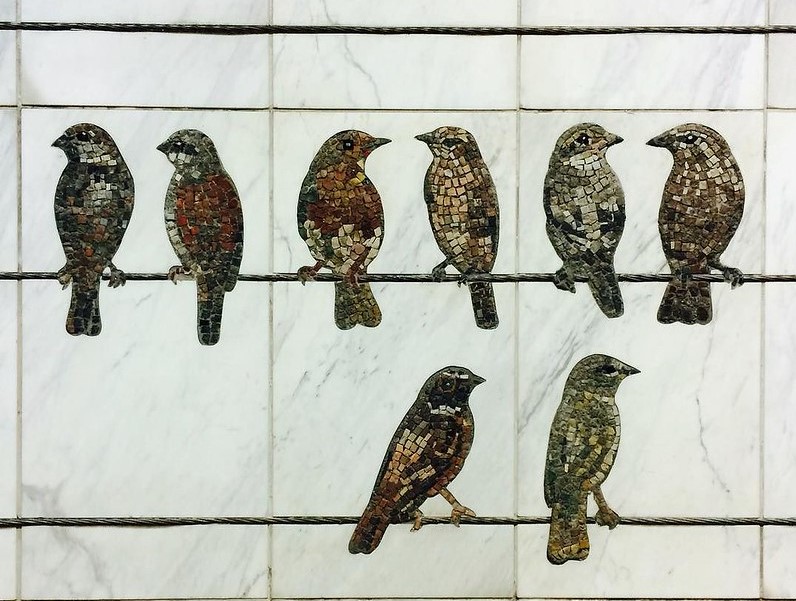 Evangelismos station also offers a combination of artworks, both ancient and new. One of the most important archaeological finds was the remains of an ancient water-supply system that can be viewed behind glass inside the station. As far as modern art is concerned, it features the artwork “Mott Street” created by the Greek sculptress Chryssa (Vardea-Mavromichali) in New York where she had found international acclaim; it is actually the only piece of art on the Athens metro that is not site-specific, as the bold shapes and abstract curves are inspired by the bright lights and neon signs of Manhattan’s Chinatown. One more notable example of neon art can be found at Ambelokipoi station, that is “Procession” created by another Greek-American artist, Stephen Antonakos, while passengers that pass by the ticket hall level of Megaro Mousikis station (adjacent to Athens’ Concert Hall) will come across Panagiotis Fidakis‘ “Bambouzina” artwork, consisting of birds perching on a staff.
Evangelismos station also offers a combination of artworks, both ancient and new. One of the most important archaeological finds was the remains of an ancient water-supply system that can be viewed behind glass inside the station. As far as modern art is concerned, it features the artwork “Mott Street” created by the Greek sculptress Chryssa (Vardea-Mavromichali) in New York where she had found international acclaim; it is actually the only piece of art on the Athens metro that is not site-specific, as the bold shapes and abstract curves are inspired by the bright lights and neon signs of Manhattan’s Chinatown. One more notable example of neon art can be found at Ambelokipoi station, that is “Procession” created by another Greek-American artist, Stephen Antonakos, while passengers that pass by the ticket hall level of Megaro Mousikis station (adjacent to Athens’ Concert Hall) will come across Panagiotis Fidakis‘ “Bambouzina” artwork, consisting of birds perching on a staff.
Reaching the end of this artistic journey, you can pay a “visit” to Ethniki Amyna station, which offers two (or more) for the price of one, as the 12 metallic trees of Costas Tsoklis’ Underground Park on the concourse seem to become a deep forest when reflected by mirrors. The platform is also home to impressive statues; Dimitris Kalamaras’ The Dead Fighter, Clearhos Loukopoulos’ Stele, and Costas Coulentianos’ Nouvelle Generation IX. Finally, it is also worth making one last stop at Doukissis Plakentias station to get acquainted with the work of Costas Varotsos who is heralded for his masterful skill in working with stone, iron, and the fragility of glass.
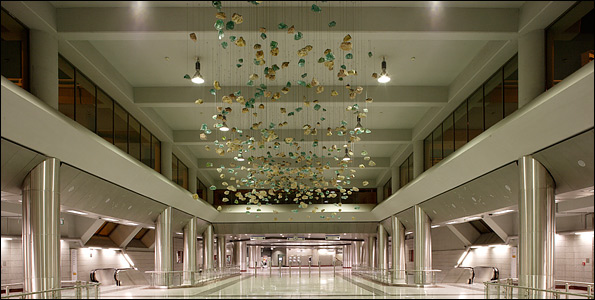 So… next time you think of gallery hopping in Athens, why not board the next train and make a quick stop at the aforementioned -and many more- of the Athens Metro stations?
So… next time you think of gallery hopping in Athens, why not board the next train and make a quick stop at the aforementioned -and many more- of the Athens Metro stations?
See also on GNA: Arts in Greece | The First Cemetery of Athens, an open-air “museum”
(Ed.) Eleftheria Spiliotakopoulou
TAGS: ARCHEOLOGY | ARTS | ATHENS | FESTIVALS | GLOBAL GREEKS | HERITAGE | INNOVATION | TOURISM

